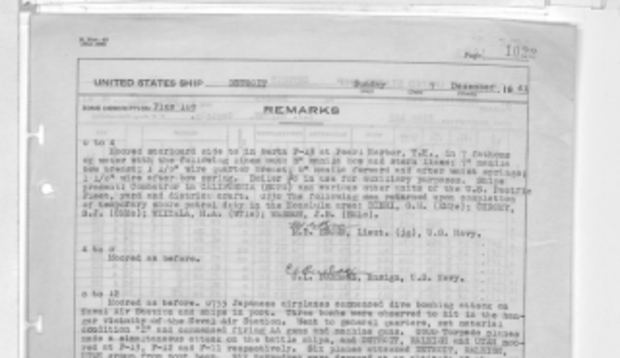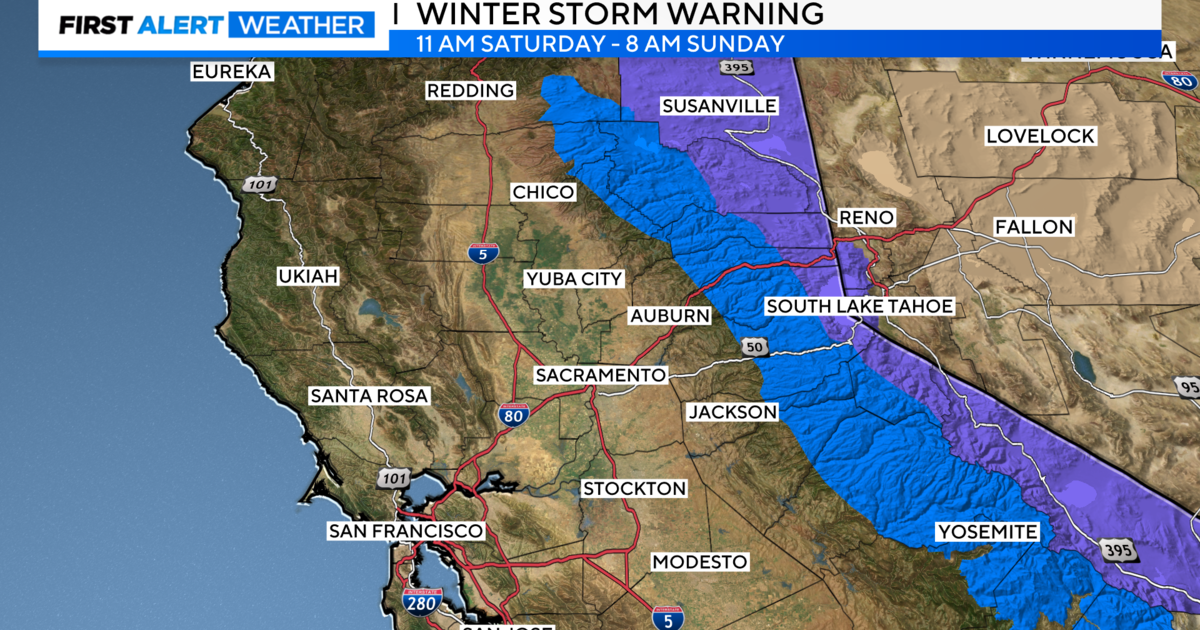Weather data from Pearl Harbor warships recovered to study climate science
A rescue mission has recovered millions of pieces of weather data recorded during World War II. Climate scientists say the information can be used to understand how the world's climate has changed over decades.
The information was shared in a study, published in the Geoscience Data Journal, and a news release shared by the University of Reading, the English institution two of the study's researchers were from. The third researcher was based in the United States.
The data is based on weather observations that were made by crew members aboard 19 U.S. Navy ships during World War II. The news release announcing the study said that many observations of this kind were "destroyed as an act of war, or simply forgotten due to the length of time they were considered classified."
The data studied in this case was classified "until recently," said Praveen Teleti, the University of Reading research scientist who led the study, in the news release. Four thousand volunteers transcribed more than 28,000 logbook images from the U.S. Navy fleet stationed in Hawaii from 1941 to 1945. Within that dataset, there were 630,000 records and more than three million individual observations. The entries include information about air and sea surface temperatures, atmospheric pressure, wind speed and wind direction. There is also information recorded about the Indian and Atlantic oceans.
Some of the ships that the data was recovered from were damaged in the 1941 attack on Pearl Harbor and returned to service after being repaired. All of the ships that the data came from, including battleships, aircraft carriers, destroyers, and cruisers, had seen action in the Pacific Ocean at some point during World War II.
Previous studies suggest that the years referenced in the dataset were abnormally warm. By looking at these records, researchers will be able to determine "whether this was the case," according to the news release. It's possible that these temperatures are recorded because more of the observations were made during the day, instead of at night, so sailors and vessels would go undetected by enemy ships. This change in observation times could have led to slightly warmer temperatures being recorded.
This data is also some of the only such information to exist from the Pacific and far East regions during World War II, the news release said.
"The scanning and rescuing of this data provides a window into the past, allowing us to understand how the world's climate was behaving during a time of tremendous upheaval," said Teleti. "... The greatest respect must go to the brave servicemen who recorded this data. War was all around them, but they still did their jobs with such professionalism. It is thanks to their dedication and determination that we have these observations 80 years on."





